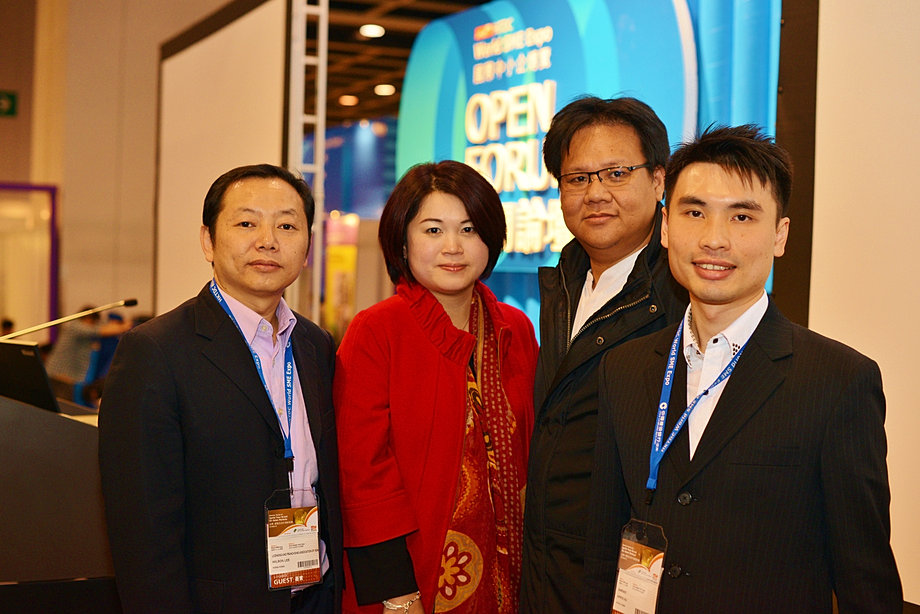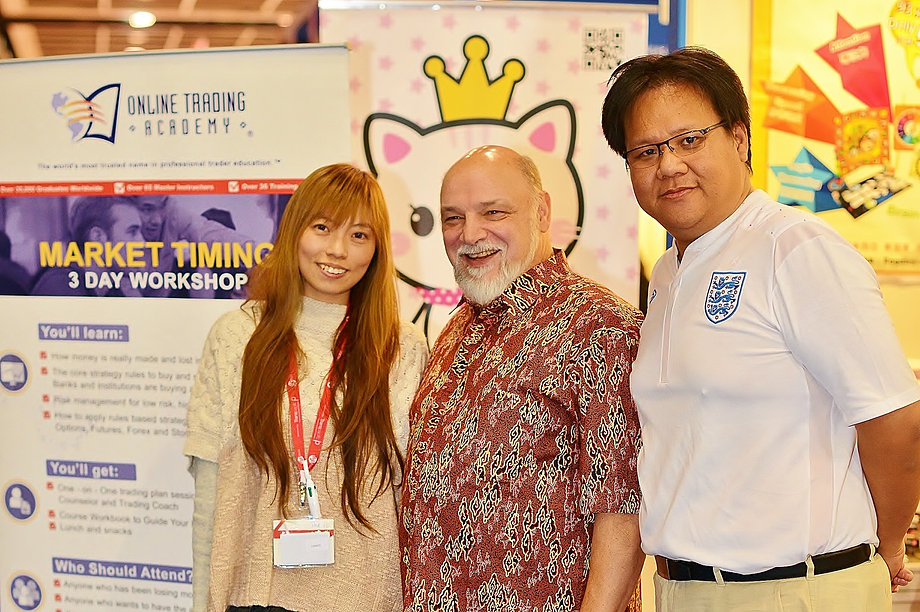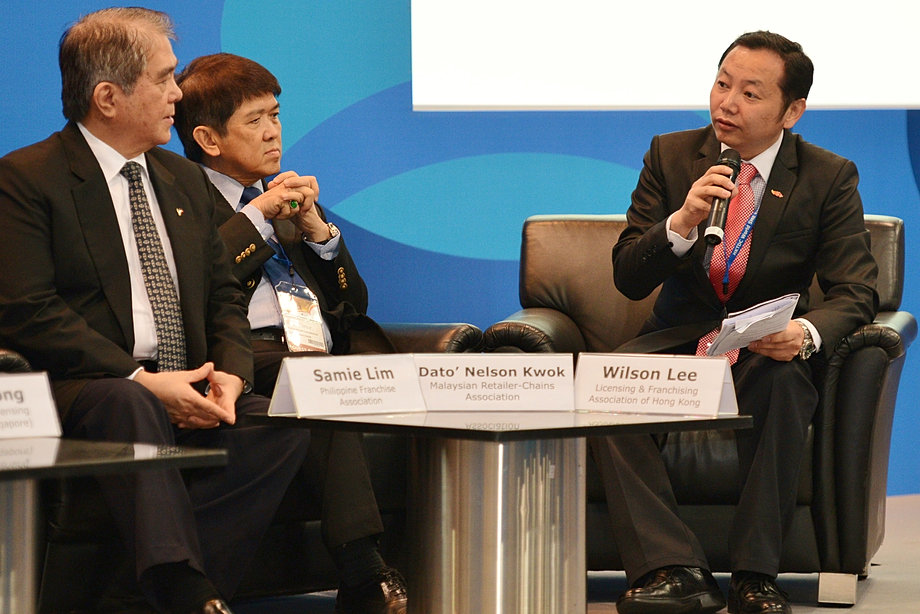The Top 5 Franchise Industries to Watch
兒童Children
食品Food
健美Fitness
高級人士服務Seniors
電子Personal electronics
資料來源︰”Entrepreneur”, 30 December, 2013.
The Top 5 Franchise Industries to Watch
The companies that ranked in Entrepreneur's 35th annual Franchise 500® added a total of 8,725 U.S. franchise units between 2012 and 2013--a whopping 51 percent increase over the previous year's growth. They're spreading their influence overseas as well, with 8,332 new international units. It's a great sign that economic recovery is well on its way, and that franchises have an important part to play in it.
Here's a look at four franchise industries that are leading the way (and one that's up-and-coming), as well as the trends that are driving their growth.
Children
The continued success of kid-centered franchises over the past several years is evidence that parents are always willing to sacrifice in order to give their offspring a leg up. And thanks to franchising, they've got lots of options, from early-learning child-care programs to traditional tutoring to an increasingly diverse collection of fitness, recreation and enrichment businesses.
The big trend this year is science and engineering. Bricks 4 Kidz, a Lego-engineering program that has been franchising since 2009, jumped into the No. 1 spot in this year's Enrichment category amid several competitors.
Food
Food franchises dominate the Franchise 500®, making up half of the top 10 and more than a quarter of all ranked companies. It's no surprise, since the category contains some of the oldest and biggest franchises around. But there are plenty of newer, smaller franchises making their mark, too.
Mainstays like sandwiches, burgers and pizza are still going strong, and likely always will. But frozen-yogurt franchises, labeled a fad a few years ago, now appear to be here to stay; in fact, they are still growing at an impressive clip.
Another emerging trend is vending. It's an industry that has shied away from franchising in the past, but with three companies that started franchising only in the past few years--HUMAN Healthy Vending, Fresh Healthy Vending and IceBorn--making our rankings, we may soon see others follow in their footsteps.
Fitness
Twenty fitness franchises made this year's rankings, up from just 13 last year. (Perhaps even more impressive: almost half have been franchising for less than five years.) But the ultimate example of the health of this category is Anytime Fitness, our overall No. 1 company after just 12 years in business.
For many in the fitness industry, fast growth is fueled by business models that offer much lower startup costs for franchisees than old-school big-box gyms. They also offer more varied and unique fitness options to consumers, such as dance, martial arts and stroller fitness. Particularly popular right now are kickboxing programs, with several franchises currently duking it out for domination.
Seniors
With 21 companies making the ranking this year, and even more waiting in the wings, senior care has become one of the biggest categories in the Franchise 500®. And its growth shows no signs of stopping, well-supported as it is by the growing percentage of the population in the 65-and-older age bracket.
Nonmedical home care, meant to help seniors maintain their independence, is still the primary service offered by franchises in this category. In the past few years, however, several companies have added supplementary services to the mix, such as medical care and staffing, senior-living referrals and transportation.
Personal Electronics
The popularity of tech franchises has waned in recent years, but the rise of smartphone and tablet use has given birth to a new breed of businesses that are breathing life back into the category. There are only a few of them so far, but franchises offering sales, repairs andaccessories for personal electronics are growing fast and climbing up our rankings. More competition is sure to come in the next few years.





 Topps Launches First-Ever Disney Princess Trading Card Game
Topps Launches First-Ever Disney Princess Trading Card Game
 PAWS appoints P&L Global Network to expand Garfield Brand in Mexico and Chile
PAWS appoints P&L Global Network to expand Garfield Brand in Mexico and Chile


























